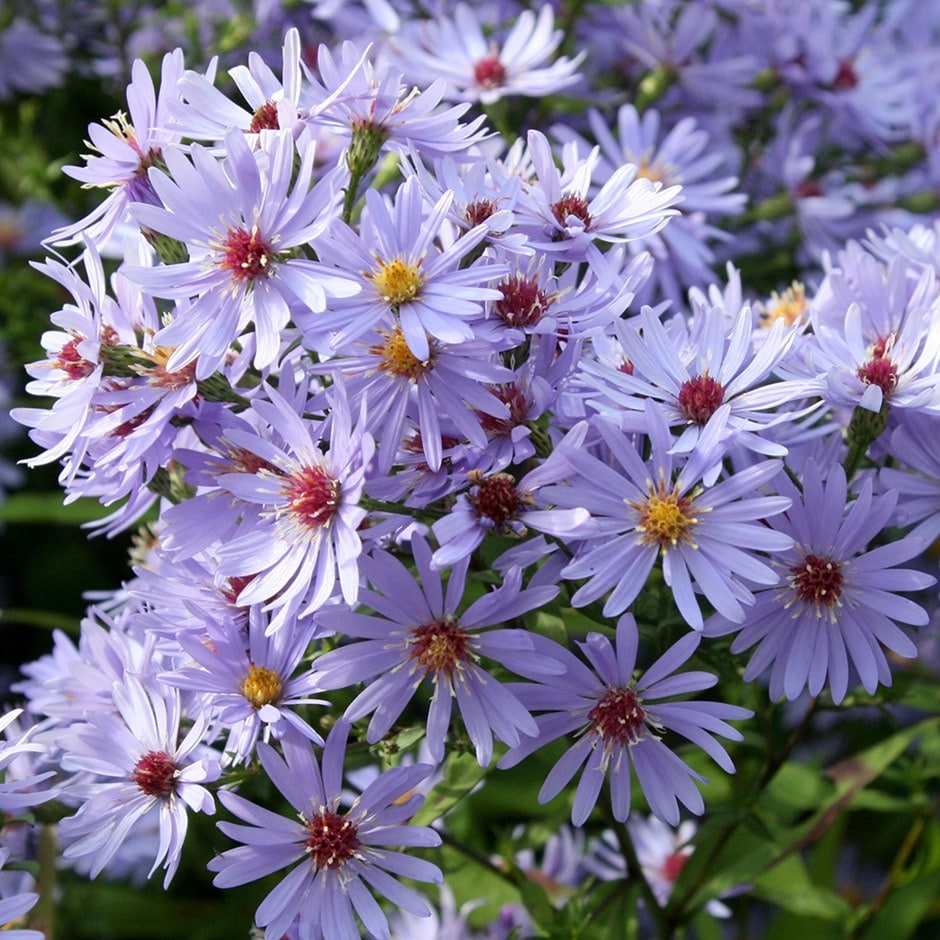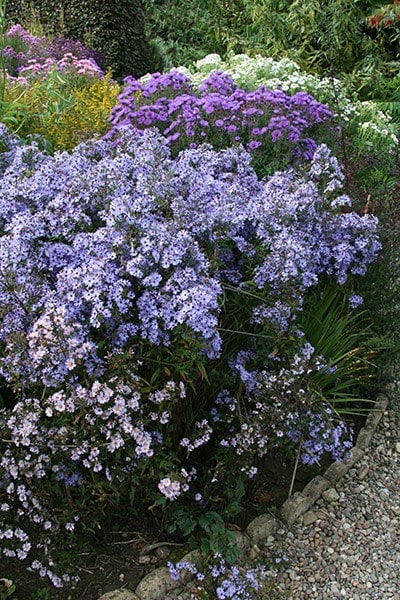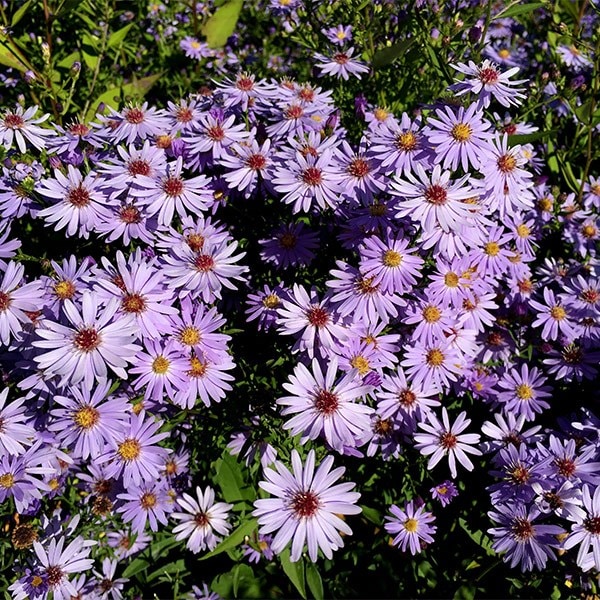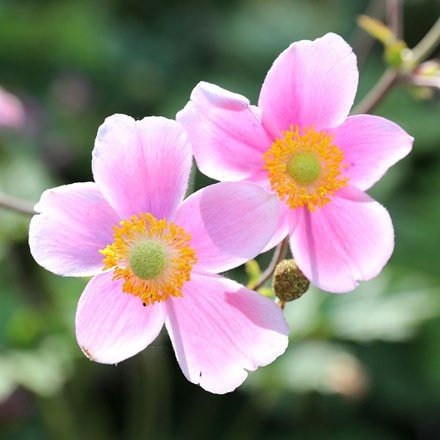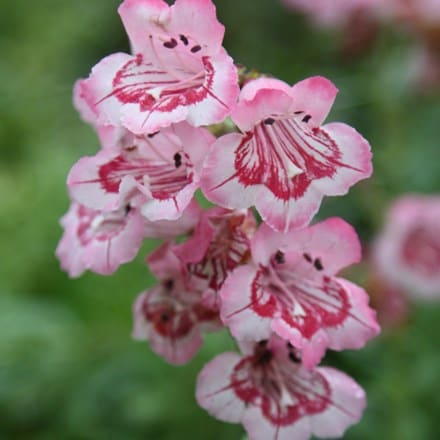Symphyotrichum 'Little Carlow' (cordifolius hybrid)
aster
- 9cm pot
- £7.99 £9.99
- In stock (shipped within 2-3 working days)
- 3 × 9cm pots
- £15.80 £19.75 £5.27 each
- In stock (shipped within 2-3 working days)
- 2 litre pot
- £15.99 £19.99
- In stock (shipped within 2-3 working days)
Delivery options
- Standard £5.99
- Position: full sun or partial shade
- Soil: moist, moderately fertile soil
- Rate of growth: average
- Flowering period: August to October
- Hardiness: fully hardy
Masses of small, cheerful, violet-blue daisies with bright yellow centres appear from late summer to mid-autumn on soft stems. A pretty aster that has been given the Award of Garden Merit by the Royal Horticultural Society.
It loves some shade and will add a splash of colour to a late summer border.
It loves some shade and will add a splash of colour to a late summer border.
Choose a location with full sun to ensure the best flowering.
Asters prefer well-drained, loamy soil rich in organic matter. If your soil is heavy or clay-based, incorporate compost or well-rotted manure to improve drainage and fertility.
Space the plants about 45-60cm (18-24in) apart to give them room to grow and ensure good air circulation, which helps prevent diseases.
Insert twiggy prunings early in the season to provide invisible and effective support.
To encourage bushier growth and more flowers, pinch back the stems when the plants are about 15-20cm (6-8in) tall - you can also remove spent flowers to extend the blooming period.
Leave top growth on through the winter to provide protection and valuable food for birds and insects, or cut down in autumn if the plants are particularly spent.
Apply a thick 5-7cm (2-3in) mulch around the base of the plant in the spring, taking care not to cover the crown.
Asters prefer well-drained, loamy soil rich in organic matter. If your soil is heavy or clay-based, incorporate compost or well-rotted manure to improve drainage and fertility.
Space the plants about 45-60cm (18-24in) apart to give them room to grow and ensure good air circulation, which helps prevent diseases.
Insert twiggy prunings early in the season to provide invisible and effective support.
To encourage bushier growth and more flowers, pinch back the stems when the plants are about 15-20cm (6-8in) tall - you can also remove spent flowers to extend the blooming period.
Leave top growth on through the winter to provide protection and valuable food for birds and insects, or cut down in autumn if the plants are particularly spent.
Apply a thick 5-7cm (2-3in) mulch around the base of the plant in the spring, taking care not to cover the crown.
